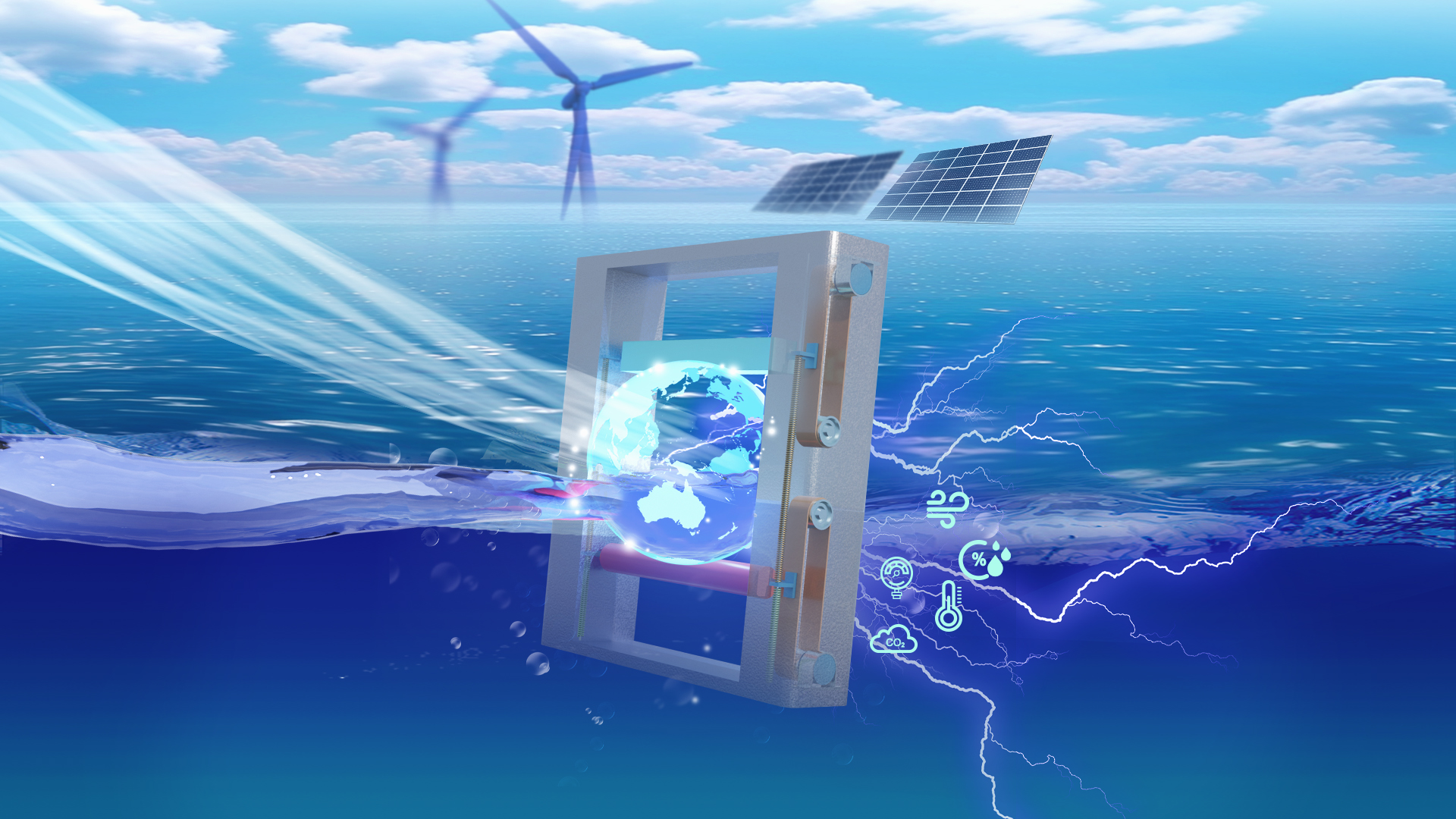To meet carbon peaking and carbon neutrality goals, most countries have set targets and commitments concentrated on scaling back fossil fuel consumption while accelerating the deployment and utilization of renewable-based power generation. Globally, the share of renewable energy in total power generation should reach 90% by 2050, and more than 63% of all power generation should come from various renewable energy sources.
Wind and tidal current energies are universally regarded to have immense potential as sustainable energy resources to make great contributions to the transition of the global energy system. Owing to their superior efficiency in low-speed fluid energy harvesting than turbine generators, energy harvesting technologies based on flow-induced vibrations (FIVs) have been extensively studied in recent years.
Nevertheless, two pressing concerns still remain to be addressed in future investigations on renewable fluid energy harvesting. On the one hand, there are diverse renewable energy sources available in marine environments, such as solar, offshore wind, oceanic wave, tidal current, thermal, and salinity gradient energies. On the other hand, considering the inherent intermittence of renewable energy, the low power mix flexibility significantly restricts the further development and extensive application of energy scavengers based on a single renewable energy source.

Ph.D. candidate Jinlong Liu from the Department of Mechanics and Aerospace Engineering (MAE) at the Southern University of Science and Technology (SUSTech) and his co-authors have proposed a novel marine energy harvesting scheme to consider the aforementioned problems.
Their paper, entitled “Marine energy harvesting from tidal currents and offshore winds: A 2-DOF system based on flow-induced vibrations”, has been published in Nano Energy.
In this work, a two-degree-of-freedom marine energy harvesting system (2DOF MEHS) has been demonstrated to concurrently extract energy from tidal currents and offshore winds. As depicted in Figure 1 (a), the proposed FIV-based 2-DOF MEHS comprises two mechanically linked oscillators with alternative bluff bodies and an energy conversion module. Once the fluid flows in the x-direction, the shedding vortices generated around the bluff bodies provide periodic lifts, enabling the two DOFs of the proposed system to oscillate in the z-direction, respectively. Thereafter, the oscillations of the two DOFs can drive the corresponding electromagnetic generators (EMGs) or triboelectric nanogenerators (TENGs) to produce electric energy. Hence, the proposed 2-DOF MEHS can be applied in conjunction with turbine generators to form a hybrid renewable energy power network for marine energy harvesting, subsequently upgrading the flexibility of the power supply for ocean monitoring and investigation.
Although the uncertainty and instantaneous fluctuations of offshore wind and tidal current energies may pose potential challenges for stable and safe operation, the distinctive energy transfer mechanism of the present system can be considered as a tentative attempt to address them. Figures 1 (b) and (c) clearly show the two specific manifestations of this energy transfer mechanism under different inflow conditions. When the offshore wind or tidal current energy is unavailable, the mechanical energy harnessed from fluid flow can be transferred and redistributed between the two DOFs, leading to a higher power output. Furthermore, this energy transfer mechanism can also be used to prevent the excessive amplitude of a certain DOF caused by wild storms or violent torrents. In these cases, the overloaded mechanical energy harnessed by one DOF can be dissipated by the vibration of the other DOF. Subsequently, the adverse vibration of the proposed 2-DOF MEHS can be alleviated, thereby enhancing the vibration reliability of the system.

Figure 1. (a) Schematic of the proposed FIV-based 2-DOF marine energy harvesting system and its potential application scenario: hybrid renewable energy power network for ocean monitoring and investigation; (b) 1st mode: energy transfer from oscillator 1 to oscillator 2; (c) 2nd mode: energy transfer from oscillator 2 to oscillator 1.
Compared with the conventional 1-DOF energy harvesting schemes, the proposed 2-DOF MEHS exhibited a competitive overall performance in terms of maximum converted power, energy conversion efficiency, adaptability to inflow speed, vibration reliability, and power mix flexibility. These findings provide a renewed impetus for the development of EMGs and TENGs in marine energy harvesting, demonstrating their great potential for facilitating practical engineering implementation.
Ph.D. candidate Jinlong Liu from the Department of MAE at SUSTech is the first author of this paper. Collaborating authors include postgraduate student Jiatong Chen from the Department of MAE at SUSTech (now a Ph.D. candidate at the Harbin Institute of Technology), Research Associate Professor Bin Bao from the Department of MAE at SUSTech, Distinguished Professor Yufei Wu from the College of Civil and Transportation at Shenzhen University, and Chair Professor Quan Wang from the Department of MAE at SUSTech. SUSTech is the first and corresponding affiliation of this paper.
This study was supported by the Shenzhen Science and Technology Innovation Commission, Guangdong Provincial Department of Education, and the National Natural Science Foundation of China (NSFC).
Paper link: https://doi.org/10.1016/j.nanoen.2023.108664
To read all stories about SUSTech science, subscribe to the monthly SUSTech Newsletter.
Proofread ByAdrian Cremin, Yingying XIA
Photo By